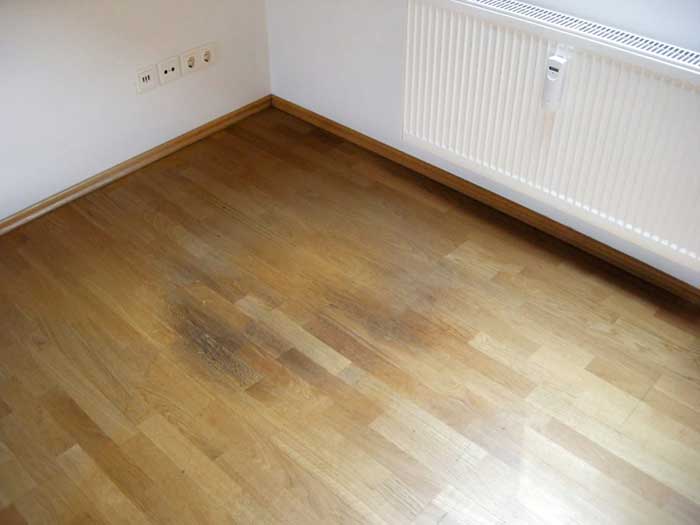You’ve done your due diligence in searching for your new home. From researching trusted real estate agents to zeroing in on your budget and non-negotiables, you’ve checked every box and you’re finally ready to take the leap.

You’re ready to close on your new home.
But wait — is that water damage you see? Already? If so, you just might have some questions, which is why we’re here to help guide you through what you need to know…
Keeping It Real During the Realty Process
Did you know that, according to the Insurance Information Institute (III), approximately one in 50 insured homes has a property damage claim caused by water damage or freezing each year? And that’s only those who both found and reported such damage.
That is to say, as you scour the marketplace for a suitable residential property, you would be best served to rely on your own senses in addition to the word of the current homeowners.
Specifically, we recommend that you…
- Keep an eye out for water stains on the walls and ceiling
- Take note if you smell any musty or mildewy odors during a walk-through
- Check cabinets in the kitchen and bathroom for stains or streaks
- Survey wood flooring for warps or discoloration
- Examine the basement or attic for puddles or pools of condensation
And if you’re committed to this particular property, keeping a list of these issues may also serve to lower the price when it comes time to make an offer.
Causes, Consequences, and Quick Action
If you have already purchased a home with identified areas of water intrusion and water damage, the next steps are to determine the severity of the damage, examine the source of the intrusion, and assess the long-term impacts of the problem.
For example, if leaking pipes beneath the kitchen sink appeared to have been an ongoing problem prior to your move-in, you can identify that:
- Faulty pipes or a crack is likely to be the source of your water woes, and thus must be fixed.
- The short-term consequences of the damage might be that you have to pay more both to fix the damage and compensate for a higher water bill.
- The long-term consequence of the damage is that the area under your sink — and thus anything that is under there — might now be far more vulnerable to mold growth.
For this reason, it is imperative that you act quickly once you have found areas of water damage. Specifically, the Centers for Disease Control (CDC) suggest that you “clean up and dry out buildings quickly (within 24 to 48 hours)” after water exposure in order to avoid long-standing damage and future mold.
The Right Team for the Right Task
Be it the result of Florida’s notorious hurricane season or a poorly-maintained attic, the fact of the matter is that you should never be left to face emerging water damage on your own. Particularly as rising waters often bring with them other health hazards, we encourage you to reach out to a locally-operated team of experts you can trust — we encourage you to call ServiceMaster Restoration of First Coast!
Whether you need water extraction services or assistance in mitigating mold growth, our certified and licensed team is available 24/7 to help you navigate the recovery process with ease, skill, and safety.
If you have further questions or are ready to salvage your new property from existing water damage, contact our team today by calling (904) 219-0635!
